17 Movies That Looked Family-Friendly but Were Shockingly Dark
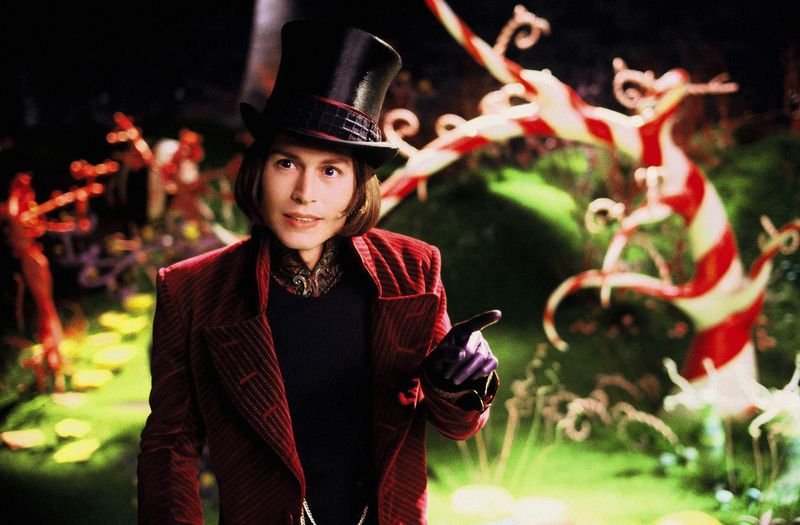
Movie trailers can be deceiving, often painting films as lighthearted family adventures when they’re actually filled with disturbing themes. Parents and kids alike have been shocked when settling in for what seemed like wholesome entertainment, only to encounter death, psychological trauma, and nightmare-inducing imagery. These films might look kid-friendly on the surface, but their surprisingly dark content has left many viewers stunned and sometimes even traumatized.
1. The Secret of NIMH (1982)
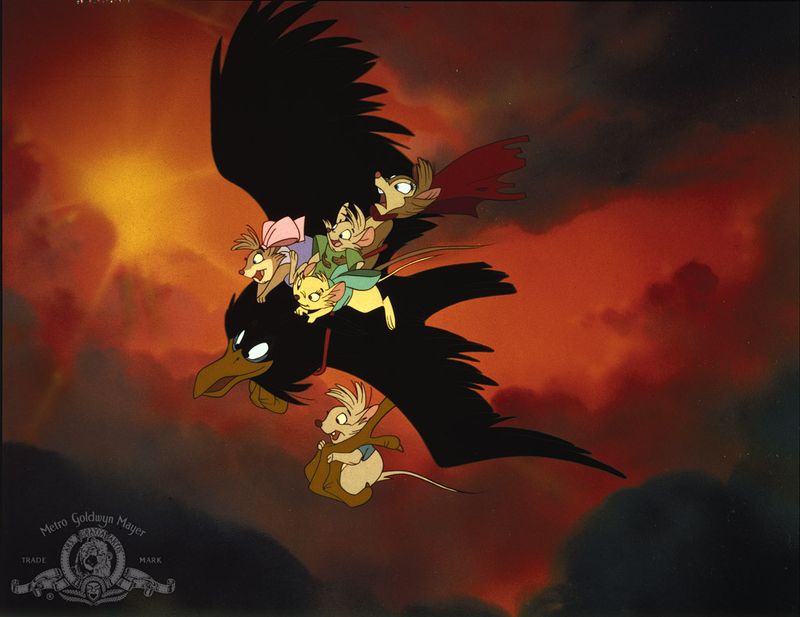
Marketed as a cute animated adventure about mice, this film blindsided unsuspecting families with its horrifying themes. The story revolves around laboratory animals subjected to cruel experiments that enhanced their intelligence but at a terrible cost.
Blood, death, and murder make surprising appearances throughout the narrative. Mrs. Brisby’s desperate quest to save her family leads her through genuinely terrifying sequences, including an encounter with a monstrous owl and a climactic scene involving a home sinking in mud that feels more like a horror film than a children’s movie.
Director Don Bluth famously believed children could handle darker themes, but many parents weren’t prepared for the film’s intensity, especially given its seemingly innocent animated packaging.
2. The Witches (1990)
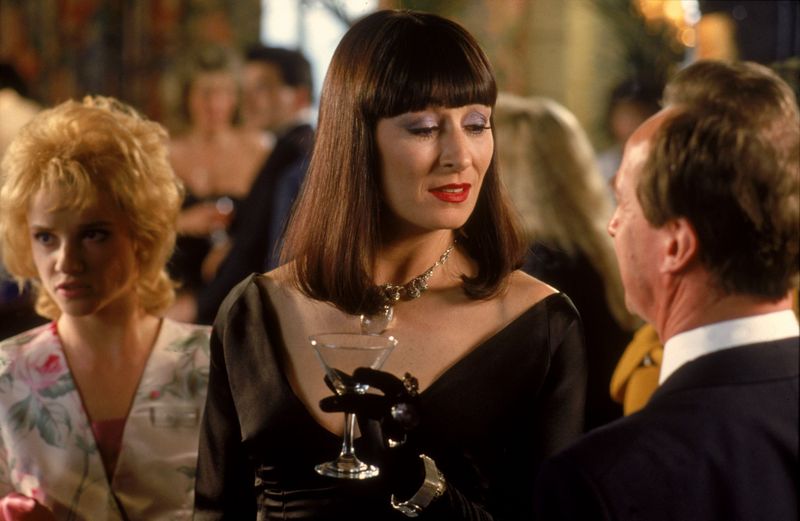
Based on Roald Dahl’s book, this film presents a vacation with grandma that quickly descends into absolute terror. The Grand High Witch, played by Anjelica Huston, reveals her true form in a scene so disturbing it haunted a generation of children.
When she peels off her human face, exposing a long-nosed, warty creature beneath, the transformation is genuinely horrifying. Children are turned into mice, threatened with extermination, and one boy remains permanently transformed at the film’s end.
The movie’s marketing suggested a magical adventure, but parents were unprepared for the grotesque practical effects and the underlying message that evil lurks everywhere, even in seemingly normal women at your hotel.
3. Where the Wild Things Are (2009)
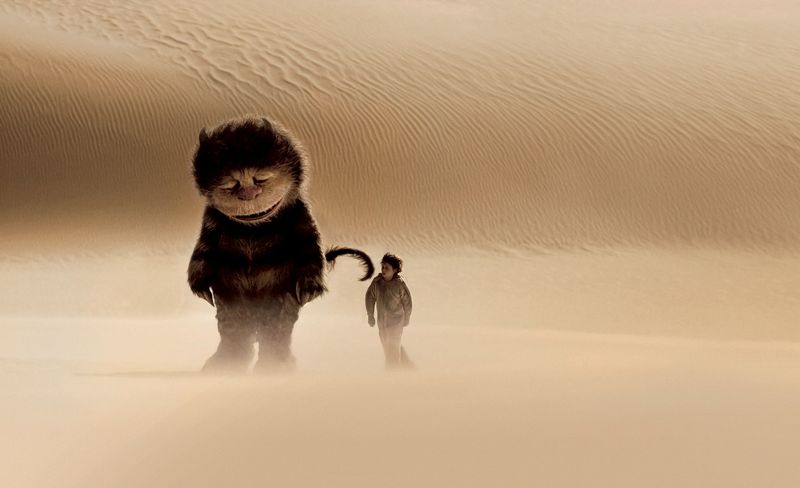
Spike Jonze’s adaptation of the beloved children’s book caught many families off guard with its melancholy tone. Rather than a whimsical adventure, viewers found a raw exploration of childhood anger, abandonment issues, and emotional turmoil.
The Wild Things themselves aren’t simply fun monsters but deeply flawed, emotionally volatile beings with destructive tendencies and complex psychological issues. Their interactions mirror dysfunctional family dynamics, with rage, jealousy, and depression at the forefront.
Max’s journey isn’t about escapist fantasy but confronting difficult emotions. The film’s muted color palette and indie-folk soundtrack further cement its status as an art film disguised as children’s entertainment, leaving many young viewers confused rather than delighted.
4. Pan’s Labyrinth (2006)
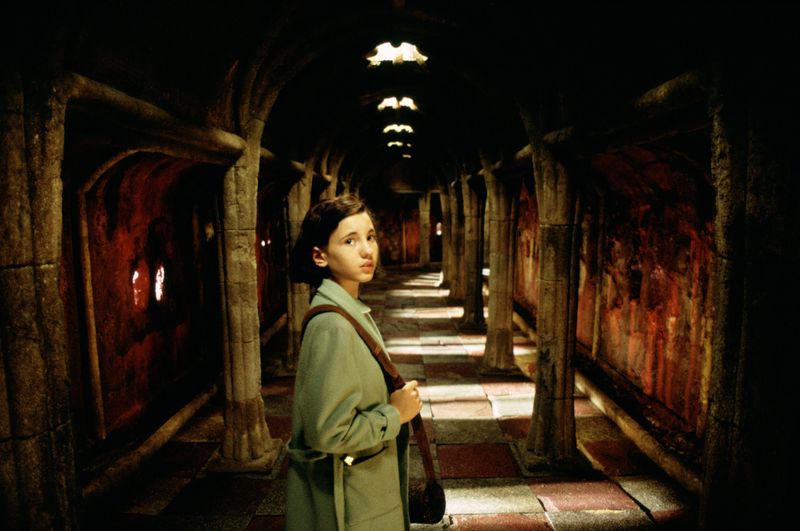
The fairy tale aesthetics and young protagonist misled many parents into thinking this was appropriate for children. Guillermo del Toro’s masterpiece is actually a brutal war drama interwoven with dark fantasy elements, set against the backdrop of fascist Spain.
The film contains shocking violence, including a man’s face being smashed in with a bottle and a child being shot to death. The fantasy elements offer no escape—the Pale Man, who eats children and keeps their eyeballs on a plate, remains one of cinema’s most terrifying creatures.
Despite its marketing suggesting a fantastical adventure, this R-rated film explores the horrors of war through a child’s perspective, using fairy tale elements not to comfort but to mirror real-world brutality.
5. Charlie and the Chocolate Factory (2005)
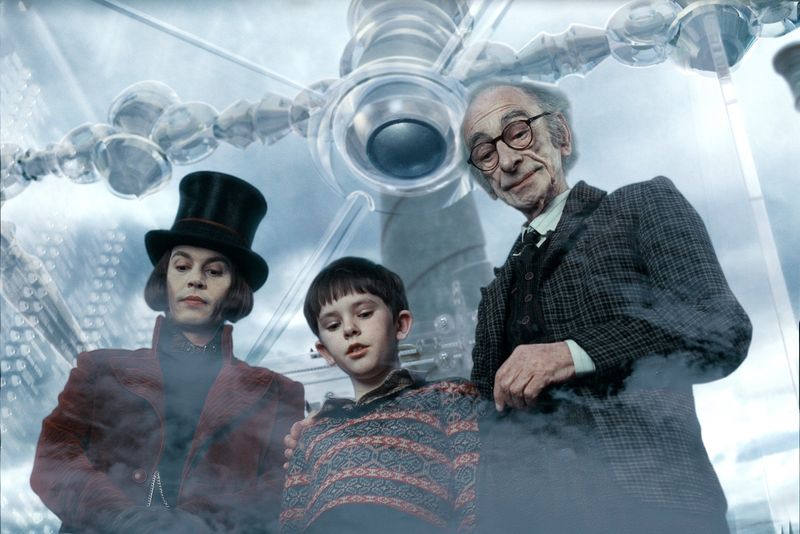
Tim Burton’s remake appeared colorful and whimsical in trailers but delivered something far more sinister. Johnny Depp’s portrayal of Willy Wonka as a pale, socially awkward man with childhood trauma created an unsettling atmosphere throughout the film.
The punishments for the misbehaving children feel genuinely disturbing rather than comically just. Mike Teavee being stretched on a rack, Violet violently expanding into a giant blueberry, and Augustus nearly drowning in chocolate come across as sadistic rather than humorous under Burton’s direction.
The addition of Wonka’s backstory involving his controlling dentist father and childhood isolation adds psychological complexity but transforms what should be a magical adventure into a dark exploration of parental neglect and emotional damage.
6. Willy Wonka & the Chocolate Factory (1971)
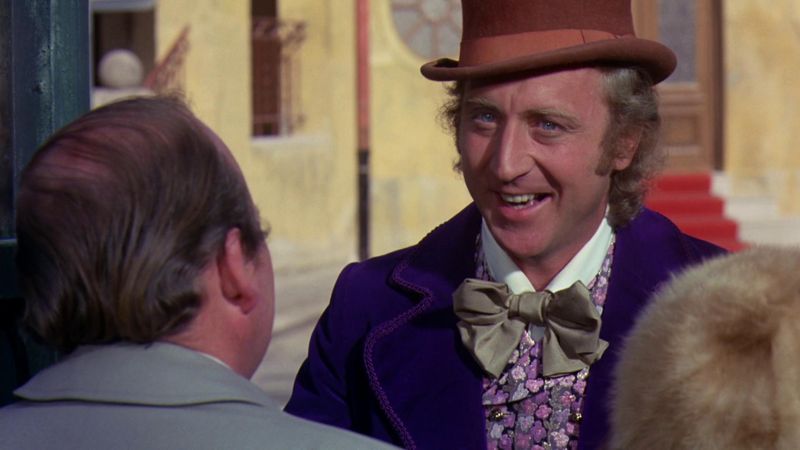
The original adaptation of Roald Dahl’s story hides its darkness behind colorful candy and cheerful songs. Gene Wilder’s Wonka shifts between charming and menacing, particularly during the infamous boat tunnel scene that feels plucked from a horror film.
Children face potentially deadly situations throughout: Augustus nearly drowns in chocolate, Violet becomes a giant blueberry, Veruca falls down a garbage chute toward an incinerator, and Mike gets shrunk to tiny size. Wonka’s indifference to these dangers is particularly disturbing—he barely reacts as children face life-threatening situations.
The film’s underlying message that bad children deserve severe punishment creates a moral universe where horrific consequences await minor infractions, all overseen by a candy maker whose motives remain unsettlingly ambiguous.
7. The Brave Little Toaster (1987)
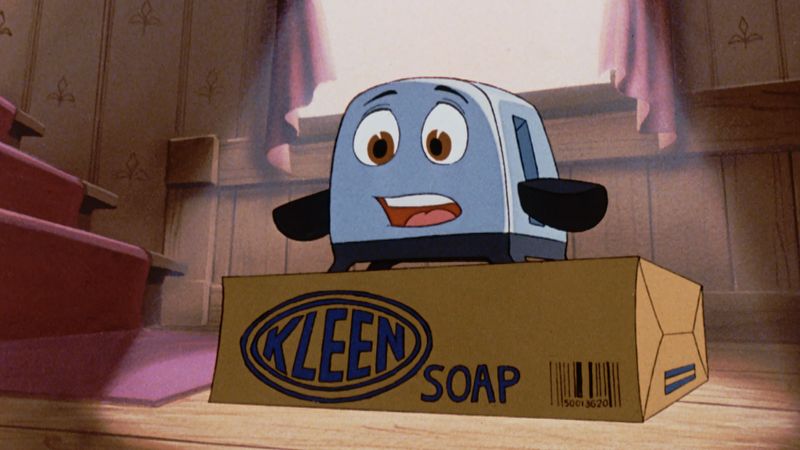
This animated film about household appliances coming to life sounds like innocent fun until you witness its existential horror. Abandoned by their owner, the appliances embark on a journey filled with genuine peril and psychological trauma.
The notorious junkyard scene features cars singing about their lives before being crushed to death. The air conditioner’s rage-filled self-destruction, the flower’s death after falling in love with its reflection, and the nightmare sequence featuring a demonic clown are shockingly dark for a children’s film.
Beyond the surface adventure lies a devastating meditation on obsolescence, abandonment, and mortality. The film’s core message—that we all eventually become outdated and discarded—weighs heavily even on adult viewers.
8. The Black Cauldron (1985)
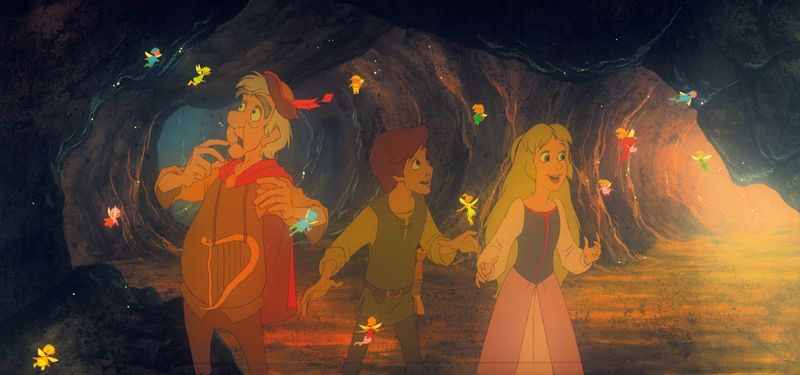
Disney’s forgotten fantasy film nearly earned an R rating before extensive cuts. Even in its edited form, this animated feature contains some of the darkest imagery in Disney’s catalog, featuring an undead army, demonic creatures, and a villain who wants to enslave the world.
The Horned King’s skeletal appearance and his army of the undead “Cauldron Born” terrified young viewers. One scene shows a character being magically strangled, while another depicts a character sacrificing himself by jumping into the cauldron, essentially taking his own life to save his friends.
Disney’s marketing suggested a typical animated adventure, but delivered a dark fantasy that bombed at the box office. The studio buried the film for years, embarrassed by both its financial failure and its tonal departure from typical Disney fare.
9. All Dogs Go to Heaven (1989)
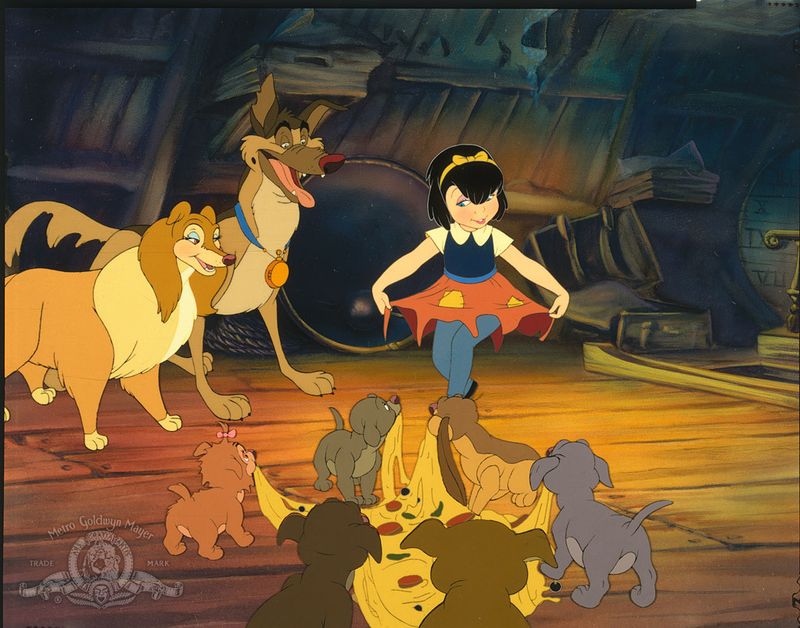
Don Bluth struck again with this seemingly sweet animated film about dogs that contains shocking mature themes. The story begins with a murder as the main character, Charlie, is betrayed and killed by his former friend—pretty heavy stuff for the opening of a children’s movie.
The film doesn’t shy away from showing Charlie’s descent into hell, complete with demonic imagery and fire that gave countless children nightmares. Themes of gambling, drinking, smoking, and revenge permeate the story, while the orphaned little girl Anne-Marie faces exploitation and danger throughout.
Most disturbing is the dream sequence where Charlie is dragged down to hell by a gigantic demon dog. The film’s religious themes about redemption and the afterlife are handled with surprising complexity and darkness for an animated feature marketed to families.
10. The Last Unicorn (1982)
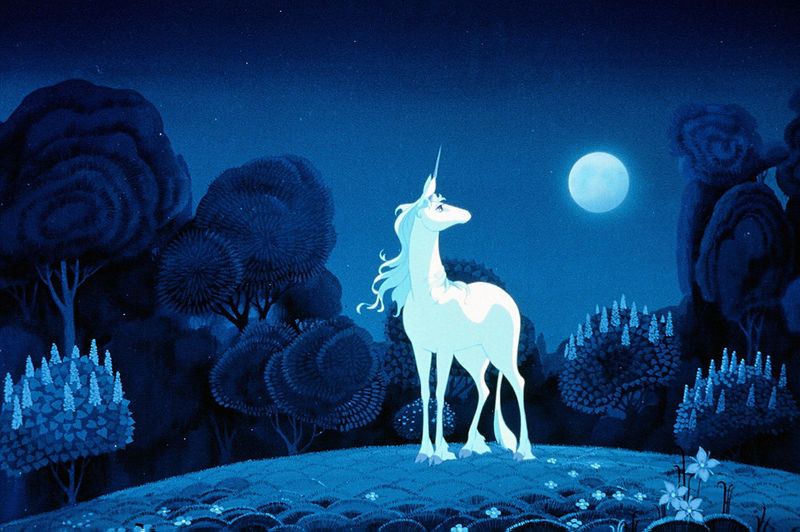
This animated fantasy film’s whimsical poster belied its profound meditation on mortality, regret, and loss. The story of the last unicorn searching for her kind leads viewers through surprisingly adult emotional territory.
The Red Bull, who drives unicorns into the sea, creates genuinely terrifying chase sequences. When the unicorn is transformed into a human woman, she experiences the pain of mortality and falls in love, creating an existential crisis when she must choose between humanity and her true nature.
Characters face brutal realities throughout—the witch Mommy Fortuna knows the harpy she captured will eventually kill her, King Haggard’s emptiness can only be filled by unicorns, and Schmendrick the magician struggles with his inadequacy. These complex emotional themes create a melancholy tone entirely unexpected in what appears to be a children’s fantasy.
11. Gremlins (1984)
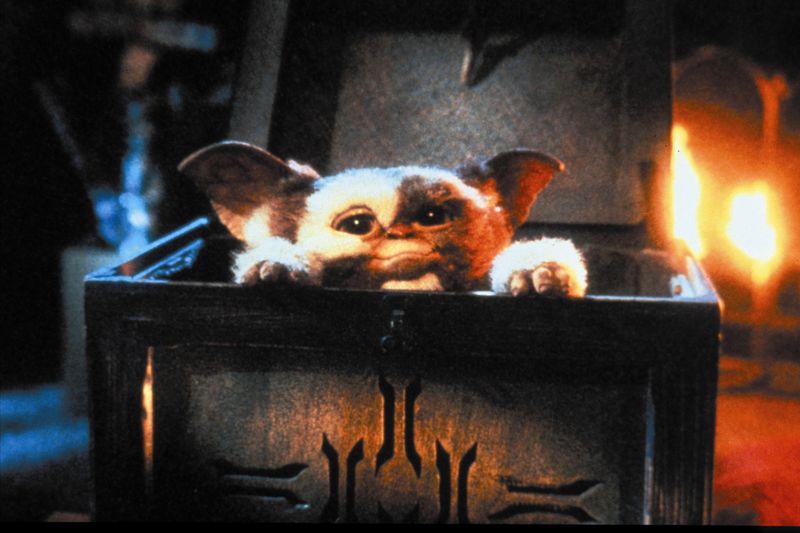
Marketed with cuddly Gizmo front and center, this Christmas-themed film shocked parents who brought young children to what they thought was a cute creature feature. The adorable Mogwai transforms into murderous monsters that microwave, blend, and impale their victims in surprisingly graphic ways.
The film’s tone shifts dramatically once the gremlins multiply. They drink, smoke, fire guns, and terrorize an entire town. Kate’s monologue about her father dying in a chimney while dressed as Santa Claus adds an unexpectedly morbid element to what appeared to be a holiday family film.
Director Joe Dante created a horror-comedy that, along with Indiana Jones and the Temple of Doom, actually prompted the creation of the PG-13 rating. Many families were completely unprepared for the film’s violent content after seeing its seemingly kid-friendly marketing.
12. Labyrinth (1986)
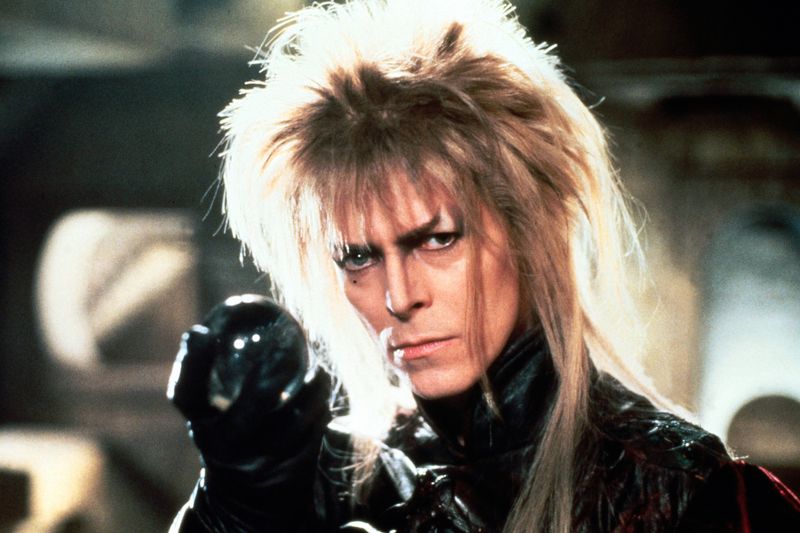
Jim Henson’s fantasy adventure starring David Bowie appears to be a whimsical puppet show but contains disturbing undertones that many parents didn’t expect. The Goblin King’s obsession with 16-year-old Sarah has uncomfortable predatory vibes, especially during the ballroom scene where he seduces the teenage protagonist.
The film features genuinely frightening moments: hands that emerge from walls to grab Sarah, the Cleaners’ blades that nearly slice her in half, and the bog of eternal stench where characters face permanent contamination. The junk lady sequence, where Sarah is nearly buried alive under her childhood possessions, creates a suffocating psychological horror.
Beneath the surface adventure lies a coming-of-age allegory about leaving childhood behind, but the journey there involves creatures detaching their body parts, threatened baby harm, and a villain whose tight pants shocked many parents.
13. The Dark Crystal (1982)
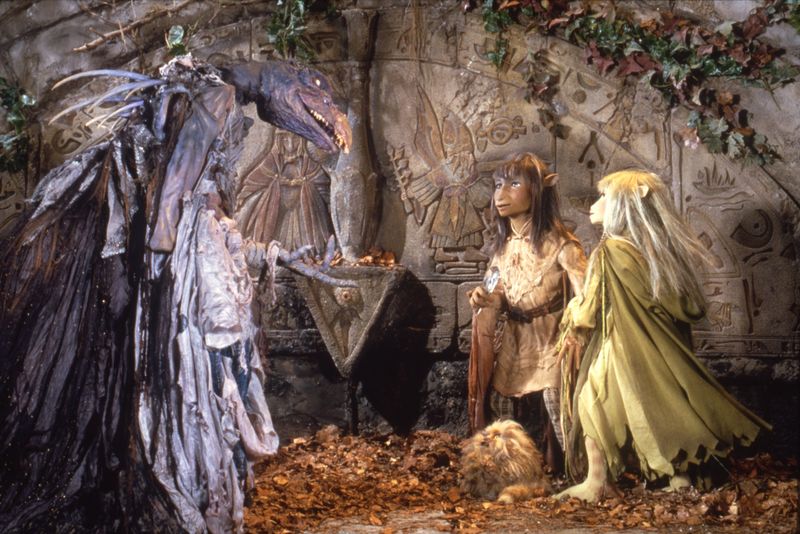
Jim Henson and Frank Oz created what looked like a puppet fantasy but delivered existential horror that traumatized a generation. The film’s grotesque imagery begins immediately with the dying Skeksis emperor literally crumbling to dust on screen.
The Skeksis themselves are nightmare fuel—vulture-like creatures who drain the life essence from innocent beings. The scene where they drain a Podling’s essence while it screams in terror is particularly disturbing, as is the trial scene where a Gelfling is stripped of its clothes and threatened with death.
The film’s entire premise revolves around genocide—the Skeksis have exterminated the Gelfling race except for two survivors. Despite its fantasy trappings and puppet characters, the film deals with extinction, identity, and cosmic horror in ways that left many children deeply unsettled.
14. Coraline (2009)
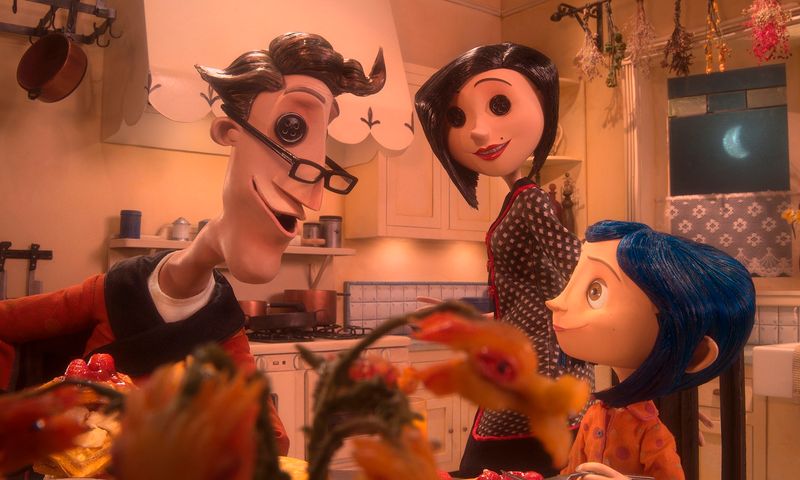
This stop-motion film’s colorful marketing suggested a whimsical adventure but delivered psychological horror that terrified unprepared children. The Other Mother, who initially appears loving, transforms into a spider-like monster who sews buttons into children’s eyes and feeds on their souls.
The ghost children trapped in the Other World reveal the film’s true horror—they had their eyes replaced with buttons and their souls stolen, leaving them as empty husks. When the Other World begins to unravel, it reveals a blank void of nothingness, creating an existential nightmare.
Henry Selick created a modern fairy tale with genuine stakes and horror elements. The film’s message about appreciating imperfect reality over perfect fantasy comes wrapped in a package of creeping dread and body horror that many parents weren’t expecting from its colorful promotional materials.
15. The Nightmare Before Christmas (1993)
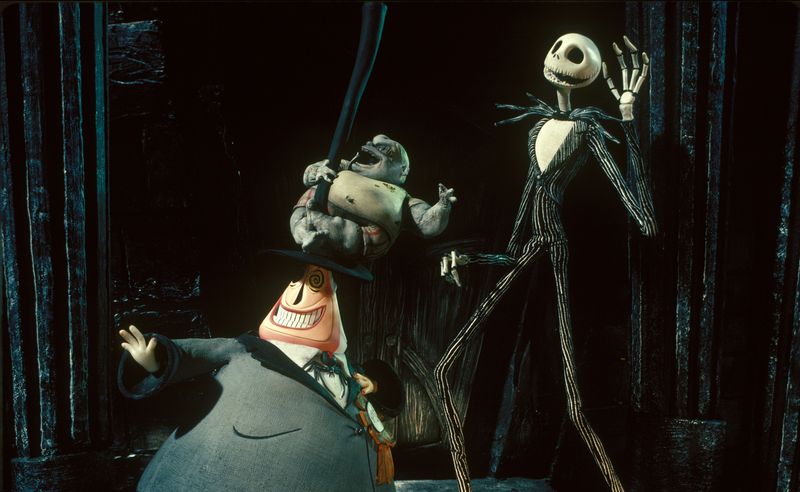
Tim Burton’s stop-motion musical appears in both Halloween and Christmas merchandise sections, but its content surprised many parents expecting pure holiday cheer. The film opens in Halloween Town, populated by monsters, ghouls, and a villain who literally peels his face off.
Jack Skellington’s Christmas takeover results in children receiving shrunken heads, man-eating wreaths, and other horrifying gifts. Santa Claus is kidnapped, tortured, and nearly killed by the Oogie Boogie Man in a gambling-themed death trap filled with insects and snakes.
While the film ultimately celebrates finding joy in being true to yourself, the journey there involves numerous grotesque images. Many young viewers found themselves hiding behind the couch rather than singing along.
16. The Lion King (1994)
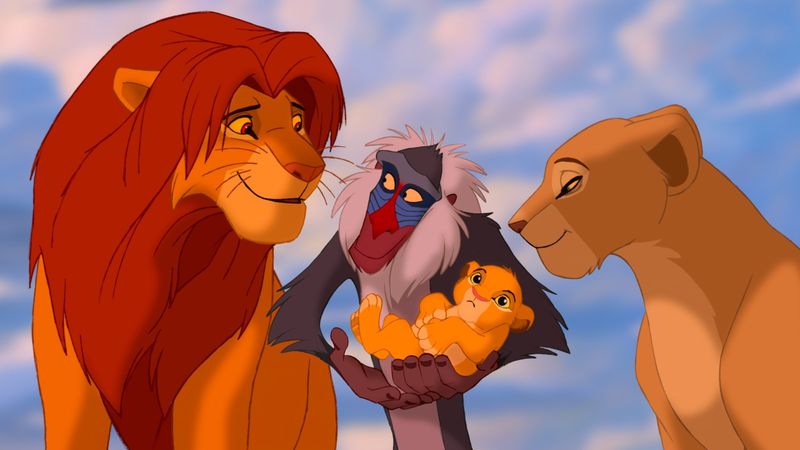
Disney marketed this animated feature as an uplifting animal adventure, but delivered one of their most emotionally traumatic films. Mufasa’s death scene—where he’s betrayed by his brother, trampled by wildebeests, and his body discovered by his young son—left an entire generation of children sobbing in theaters.
The film doesn’t shy away from showing Simba’s grief and guilt as he believes he caused his father’s death. Scar’s reign creates a literal wasteland, with imagery of starvation, drought, and environmental collapse that carries heavy ecological messaging.
The hyenas’ plot to eat the lion cub, Scar’s manipulative abuse of Simba, and the final battle scene where Scar is eaten alive by his former allies all contribute to a film that, despite its musical numbers and happy ending, contains some of Disney’s darkest moments.
17. The Wizard of Oz (1939)
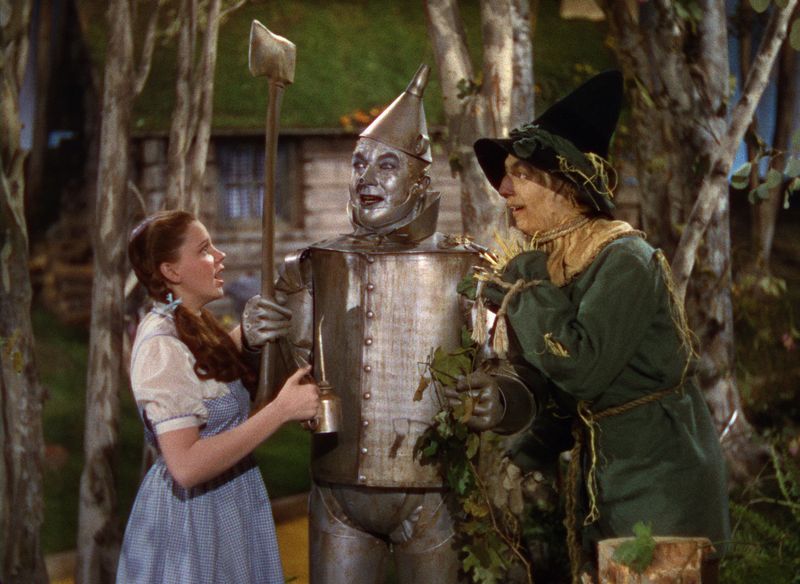
This classic musical adventure hides genuine horror behind its Technicolor facade. The Wicked Witch of the West terrified generations of children with her green skin, cackling laugh, and explicit death threats to Dorothy and her dog. The flying monkeys remain nightmare fuel decades later—primate creatures that swoop down from the sky to kidnap Dorothy.
The scene where they attack in the haunted forest, tearing apart the Scarecrow and carrying Dorothy away, traumatized countless young viewers.
Beyond the surface threats, the film contains disturbing undertones: the Wizard is a fraud manipulating an entire population, the Wicked Witch melts while screaming in agony, and Dorothy kills not one but two witches. What appears to be a whimsical journey actually contains death, deception, and genuine peril beneath its musical numbers.

Comments
Loading…